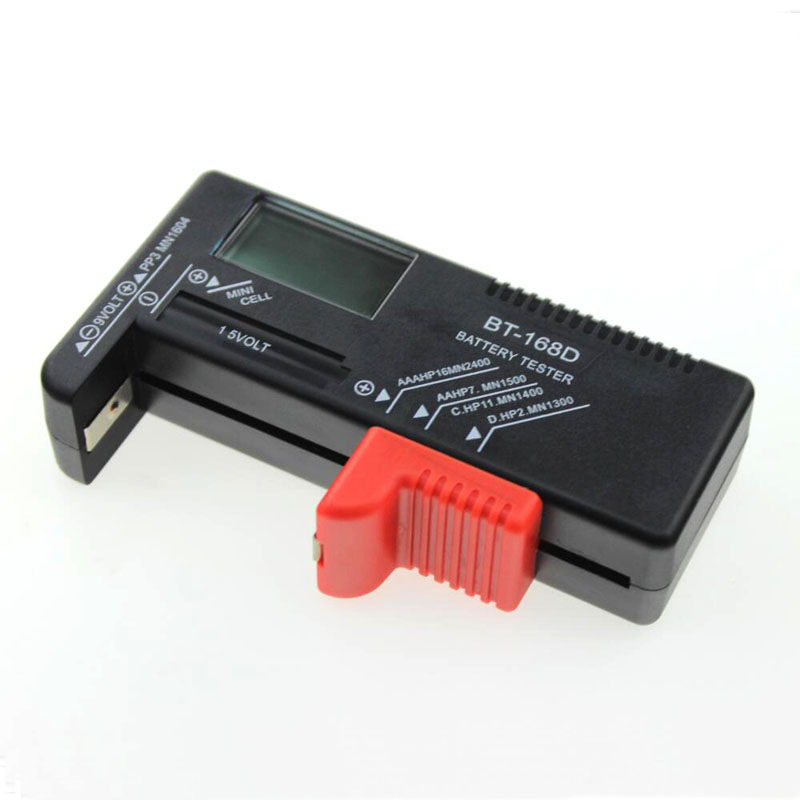

Time and throughput both degrade battery capacity. However, additional funding from ARENA allowed batteries that were still operational to continue cycling beyond this point, with some in operation for over six years. Originally the batteries were planned to be cycled at this rate for three years. In total, there were three charge/discharge cycles per day for most batteries (Note: Some batteries have restrictions on charge/discharge rates that reduce the number of cycles that can be completed each day). Each battery pack was charged over several hours, followed by a short rest period, then discharged over several hours, followed by another short rest period. Lab conditions mimicked real world, warm daytime and cool overnight temperatures. There are also a number of other chemistries including lithium titanate, lead-acid, lead-carbon, aqueous hybrid ion, zinc-bromine flow, and sodium nickel chloride technologies. The batteries are mostly lithium-ion variants – either lithium iron phosphate or lithium nickel manganese cobalt chemistries.
#Lithium battery tester trial#
The report describes testing results, general observations, and issues encountered throughout the trial with Phase 1, Phase 2, and Phase 3 batteries.


ITP recently published their twelfth and final Public Report on the trial. In late 2019, an additional eight batteries were installed under Phase 3 of the trial. Phase 1 of the trial started in mid-2016 and included eight batteries, with a further ten batteries installed as part of Phase 2 in mid-2017. The Battery Test Centre facility, located at the Canberra Institute of Technology (CIT), is the only facility we are aware of to independently test a range of technologies and products over an extended period, and to publish results to the public. The Battery Test Centre conducted longitudinal performance testing of conventional and emerging battery technologies with the aim of independently verifying claims made by manufacturers about the performance, installation, and operation of battery packs, and to disseminate the results to the public. The testing under ARENA’s funding concluded in March 2022 and ITP Renewables is exploring other avenues of funding to continue testing. Recognising the importance of residential battery storage in the Australian energy system, ARENA supported ITP Renewables’ Battery Test Centre with a $1.29m ARENA grant, under its Advancing Renewables Program.


 0 kommentar(er)
0 kommentar(er)
